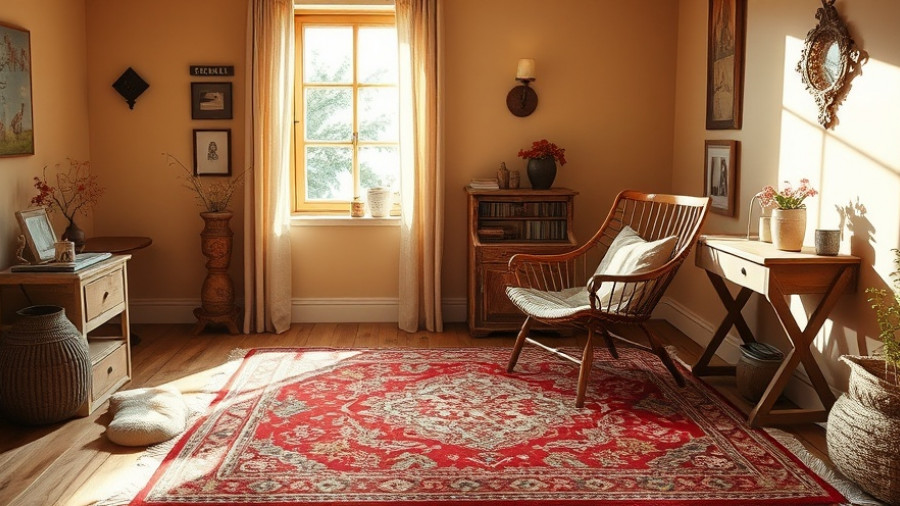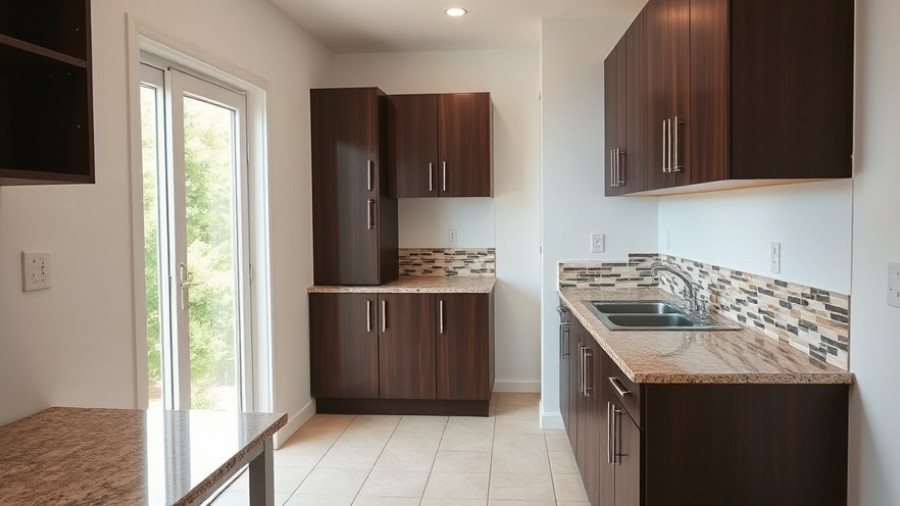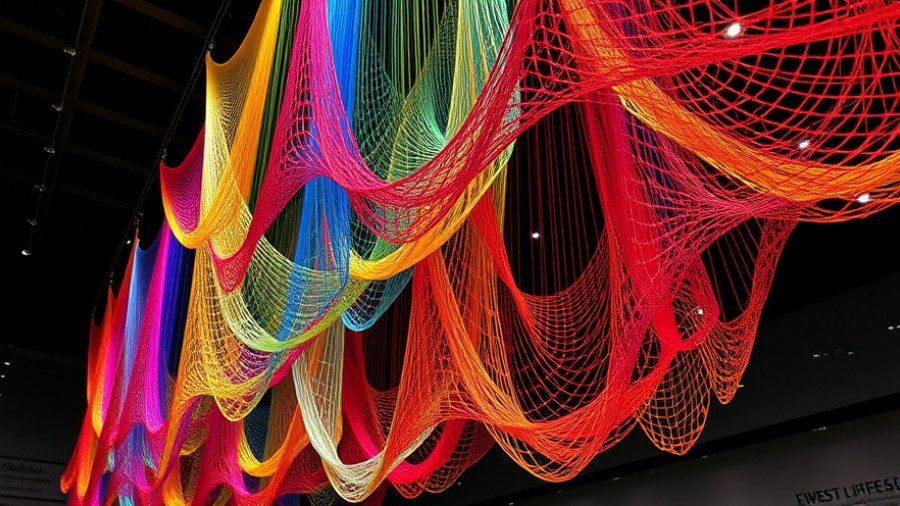
A Home Transformed: The Journey to Sunlit Spaces
In the heart of Cobble Hill, Brooklyn, a brownstone townhouse has undergone a remarkable transformation into a light-filled home designed for modern family life. The project, led by Bo Lee Architects (BLA) in collaboration with Rockhill Construction, embodies the perfect blend of form and function, demonstrating how thoughtful architecture can cater to evolving family needs.
The Power of Natural Light
Natural light plays a pivotal role in enhancing the atmosphere of a home. According to research from the University of Oregon, homes that maximize natural light can significantly improve mood and productivity. In the Cobble Hill Townhouse, the architects skillfully incorporated sunrooms and generous windows to create bright, airy spaces conducive to family interactions and personal retreats. This airy environment has a striking impact not just physically, but emotionally, responding to the tenants' desire for a welcoming family habitat.
Adapting to Family Life
The project was deeply influenced by the personal journey of the homeowners, who welcomed their first child during the design phase. This new reality necessitated a layout that could evolve alongside their growing family. BLA prioritized flexible spaces that could easily adapt to these changes; for example, rooms designed for various uses—play areas, study nooks, and dedicated workspaces. This adaptability exemplifies a growing trend in modern architecture, where multifunctional spaces cater to diverse family needs without compromising style.
An Ode to Simplicity and Aesthetic Appeal
As principal architect Bo Lee notes, the focus was on creating a home that embodies simplicity, playfulness, and functionality—qualities that resonate with many contemporary families. Through the use of natural materials, clean lines, and muted color palettes, the design remains approachable while elevating the aesthetic of the typical brownstone. A balance between modern design and cozy living is key in turning a ‘house’ into a ‘home’.
Inspiration for Future Homeowners
This transformation showcases a blueprint for homeowners and designers alike. Increasingly, families are seeking spaces that nurture growth and interactions. The Cobble Hill home serves as an inspirational model encouraging potential homeowners to value flexibility and light in their spaces. With design trends shifting towards openness and integration of nature, more homeowners might find themselves asking how to implement similar designs in their own renovations.
Potential Trends in Home Design
The renewed focus on residential spaces being not only aesthetically pleasing but also functional is emblematic of broader cultural shifts. As more families embrace remote work and home schooling, there lies an opportunity for architects and contractors to innovate home layouts that meet these specific needs melding work and play. It is evident that these trends may well dictate the future of home design, influencing everything from renovations to new builds.
Conclusion: A Call for Mindful Home Design
The journey of the Cobble Hill townhouse is more than just a home renovation—it is a reminder of the importance of environmental awareness in home design. As families prioritize well-being, the demand for homes that resonate with personal stories and lifestyles will only seem to grow. Homeowners looking to renovate should consider how mindful design choices can enhance their living spaces and connect their dwellings to their way of life. It's time to reflect on how you can transform your home into a space that is both functional and beautifully reflective of your family's needs.
 Add Row
Add Row  Add
Add 




Write A Comment